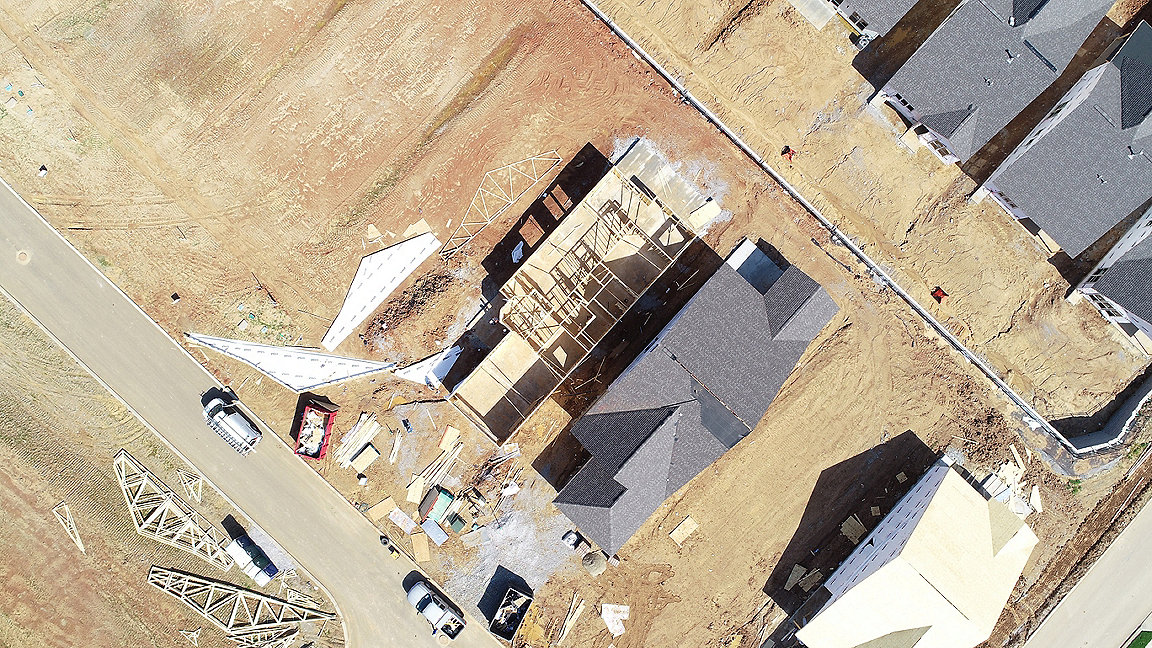
According to analysis published on 28 October 2022 by the UK government's insolvency service, the body responsible for oversight of formal insolvency processes, construction experienced the highest number of insolvencies of all industries in the 12 months ending August 2022, with a total of 3,934 insolvencies. The next highest was the wholesale and retail trades with 2,845.
Firms in the construction sector continue to face tough circumstances, as well as unique challenges, such as a highly competitive market, eroded profit margins from tendering processes and materials, labour and currency fluctuations, work payments in arrears, and supply chain issues.
What is insolvency?
Insolvency is defined either by a company's inability to pay its debts in a timely manner, sometimes referred to as the liquidity test, or when the value of its liabilities – including contingent and prospective liabilities – are greater than the value of its assets, known as the balance-sheet test. But how might this be spotted in a construction contractor?
There are two sides to the equation; remember that the contractor is providing construction goods and services to you, but it is also buying goods and services from its own suppliers.
Many of the early warning signs are qualitative, and rely on being aware of what is happening in the market. It is also important not to jump to conclusions about a contractor and to maintain good relations and communications.
First and foremost, though, if a company is delaying payments, trying to renegotiate terms or if it does not pay at all, these are clear indicators of potential insolvency. Similarly, there may be a risk of insolvency if there is evidence that it is experiencing cash-flow issues.
Asking the right questions
Questions you should ask when assessing a contractor include the following.
- Does there appear to be a higher than usual rate of staff turnover, particularly in client-facing roles?
- Has service performance deteriorated?
- Is the contractor invoicing early, issuing multiple or duplicate invoices, or overpricing?
- Is the company frequently changing suppliers, or does it experience delays in obtaining parts and materials? Either of these may indicate it is using up lines of credit or has cash-flow problems.
- Are subcontractors approaching you for payment directly?
- Is the contractor reliant on just one or two clients, and how are they performing? Or has it suffered any particularly large bad debts itself?
- Commercial issues can also indicate potential problems. Work may be suspended or people removed from a project without any explanation, or some work on a project may not be carried out.
Public records such as the Register of Judgments, Orders and Fines are also available, which will show any court judgments or claims issued against a contractor. Any of these can be warning signs of trading difficulties and potential insolvency.
The Central registry of winding-up petitions, which also includes details of administration applications, orders and appointments, provides a record of insolvencies that have already happened or are imminent.
Finally, Companies House shows financial information for companies, although it will only be as up to date as the latest filing. Companies House also holds details of debentures and other charges over the company's assets, as well as details of the directors and other companies with which they have been involved, so you can identify any history of insolvency. If annual returns and accounts are filed late, this is another useful indicator.
Larger firms may make announcements to their shareholders or the wider industry about financial performance.
Protecting yourself from contractor insolvency
Checking a contractor's financial position and obtaining credit checks will provide valuable assurance when embarking on a trading relationship and throughout its duration.
Having a clear understanding of your contractual rights is also crucial when successfully responding to insolvency risk.
Check the terms of your contract relating to insolvency, termination and payment. Many building contracts will allow for payment to be withheld if the contractor becomes insolvent after the deadline for issuing a pay-less notice; that is, a written notification to your contractor that you intend to pay less than its application for payment or invoice.
How this process works will depend on the precise wording of the contract, as will the process for terminating the contractor's employment and engaging an alternative contractor to complete the works.
Review your procurement processes and standing orders for engaging new contractors on an emergency basis, too. This is especially important when it comes to responsive repairs and services such as lift maintenance, where it would be unacceptable to be without service for an extended period while you procure a replacement.
'Having a clear understanding of your contractual rights is also crucial when successfully responding to insolvency risk'
What can a chartered surveyor do to help?
This topic merits an article on its own, but in outline, Chartered surveyors have a variety of skills that can be brought to bear in an impending insolvency situation. These include, but are not limited to, valuations, negotiation, procurement and retendering, not to mention professional communication skills.
Ensure that any valuations for interim payments are fair and reasonable. If an interim payment is made based on an overvaluation of the work done and the contractor subsequently fails, there may be little prospect of recovering the overpayment, but the client will have to pay for the unfinished work again.
Review the possibility of engaging an alternative supplier for some or all the remaining work. This may relieve pressure on the contractor facing difficulties and enable an orderly transition if the original contractor fails.
Consider whether paying subcontractors directly is possible within the contract terms and whether doing so would reduce the risk of insolvency.
Document what is happening so that events, transactions and communications are recorded contemporaneously. Facilitating regular meetings between the parties can avoid unexpected problems arising or make them more manageable.
Consulting insolvency practitioners
If a contractor is showing signs of financial stress, they should be encouraged to speak to an insolvency practitioner as soon as possible – it is never too early to do so, but it can be too late. All insolvency practitioners in the UK are licensed by a recognised professional body (RPB) and can be searched on a government directory.
The options available to those at risk include the formal insolvency procedures of entering a company voluntary arrangement (CVA), administration or liquidation – these options are outlined in RICS guidance Termination of contract, corporate recovery and insolvency – or, less formally, negotiating with creditors, suppliers and customers to continue in business.
Insolvency practitioners generally give initial advice free of charge, and acting on this advice may stop the issue in its tracks, or start a recovery process that will enable the contractor to continue trading and provide the goods and services you require.
Accrediting receivership practice
In partnership with RICS and the Association of Property and Fixed Charge Receivers (Nara), the insolvency practitioners association (IPA) administers the Registered Property Receivers scheme and the monitoring and inspection of scheme members.
The scheme was established in 1999 to accredit professionals who carry out fixed charge or Law of Property Act 1925 receivership work, so as to offer assurance on professional standards to those making such appointments, as well as other stakeholders such as creditors and the wider public.

